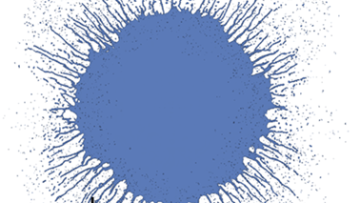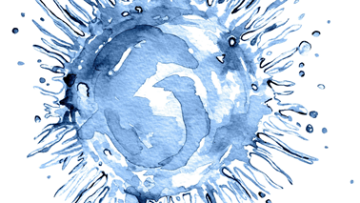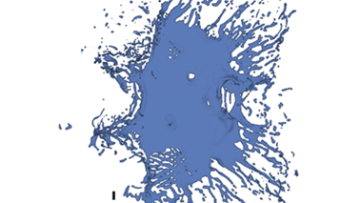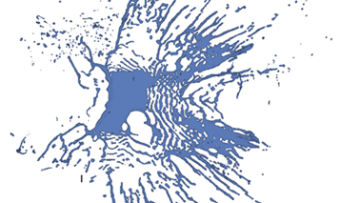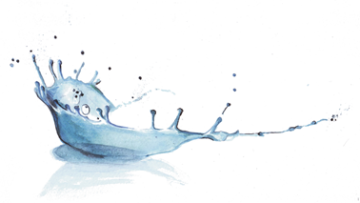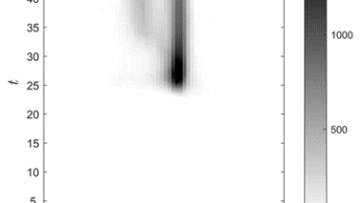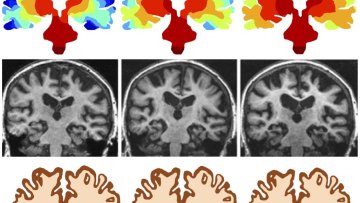From artificial active matter to BacteriaBots
Abstract
Motion at the microscale is a fascinating field visualizing non-equilibrium behaviour of matter. Evolution has optimized the ability of microscale swimming on different length scales from tedpoles, to sperm and bacteria. A constant metabolic energy input is required to achieve active propulsion which means these systems are obeying the laws imposed by a low Reynolds number. Several strategies - including topography1 , chemotaxis or rheotaxis2 - have been used to reliably determine the path of active particles. Curiously, many of these strategies can be recognized as analogues of approaches employed by nature and are found in biological microswimmers.
[[{"fid":"53543","view_mode":"media_square","fields":{"format":"media_square","field_file_image_alt_text[und][0][value]":false,"field_file_image_title_text[und][0][value]":false},"type":"media","field_deltas":{"1":{"format":"media_square","field_file_image_alt_text[und][0][value]":false,"field_file_image_title_text[und][0][value]":false}},"attributes":{"class":"media-element file-media-square","data-delta":"1"}}]]
Bacteria attached to the metal caps of Janus particles3
However, natural microswimmers are not limited to being exemplary systems on the way to artificial micromotion. They certainly enable us to observe how nature overcame problems such as a lack of inertia, but natural microswimmers also offer the possibility to couple them to artificial microobjects to create biohybrid systems. Our group currently explores different coupling strategies and to create so called ‘BacteriaBots’.4
1 J. Simmchen, J. Katuri, W. E. Uspal, M. N. Popescu, M. Tasinkevych, and S. Sánchez, Nat. Commun., 2016, 7, 10598.
2 J. Katuri, W. E. Uspal, J. Simmchen, A. Miguel-López and S. Sánchez, Sci. Adv., , DOI:10.1126/sciadv.aao1755.
3 M. M. Stanton, J. Simmchen, X. Ma, A. Miguel-Lopez, S. Sánchez, Adv. Mater. Interfaces, DOI:10.1002/admi.201500505.
4 J. Bastos-Arrieta, A. Revilla-Guarinos, W. E. Uspal and J. Simmchen, Front. Robot. AI, 2018, 5, 97.



